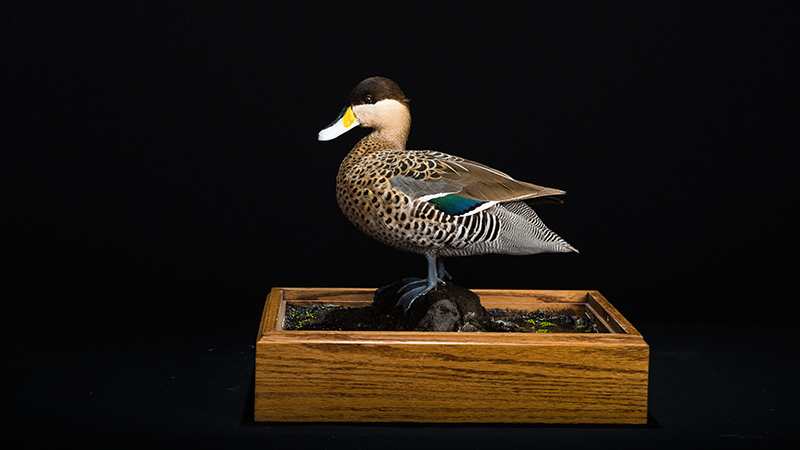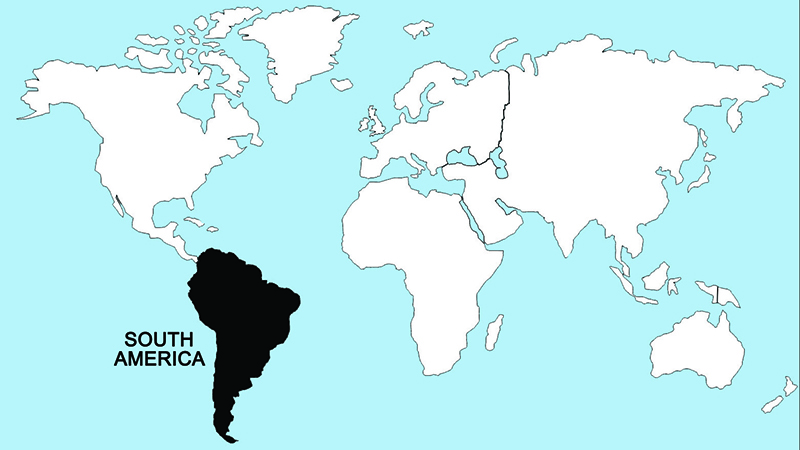Silver Teal

This attractive little South American duck is often and appropriately called the versicolor teal, presumably because of its multicolored plumage. However, silver teal also describes it fairly well, inasmuch as its plumage is generally silvery gray on the flanks and hindquarters, with darker vertical barring and penciling. The head is buffy to white below the eyes and dark blackish brown above, as if dark caps had been pulled down over the bird's eyes. The bill is mostly or entirely blue, although in the lowland (including the Falkland Islands) races it is yellow toward the base. The alpine-nesting Andean race is considerably larger and generally more plainly patterned throughout, but all races have a green speculum that is narrowly bounded in front with white and behind with black and white borders. The sexes are nearly identical in appearance. Like some other South American ducks, silver teal have strong pair bonds. Observations in Argentina indicate that bi-parental brood care is well developed in this species, with eight of ten broods attended by both parents, and males showing active involvement in brood protection.
Females of the Andean race lay rather small clutches of 6–7 eggs, and their lowland counterparts lay larger ones of 8–10 eggs, usually on the ground in heavy herbaceous cover. The incubation period of both races lasts 25–26 days, and fledging probably requires about two months.
Regions Birds Are Found

Collection Location & Year
Argentina 2000
Taxonomy
| Order | Anseriformes |
|---|---|
| Family | Anatidae |
| Tribe | Anatini |
| Species | Anas |
| Genus | versicolor |
Gender
Male
References
- Johnsgard, P. A. 1975a. North American Game Birds of Upland and Shoreline. Lincoln, NE: Univ. of Nebraska Press.
- Johnsgard, P. A. 1978. Ducks, Geese and Swans of the World. Lincoln, NE: Univ. of Nebraska Press.
- Elliot, A., J. del Hoyo, J. Sargatal, and C. Imboden, eds. 1992. Handbook of Birds of the World. Vol. 1 (Ostriches to Ducks). Barcelona, Spain: Lynx Editions.
- Kear, J. 2005. Ducks, Geese and Swans. London, UK: Oxford University Press.